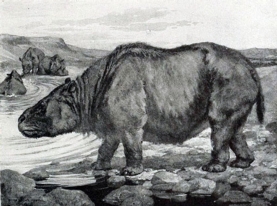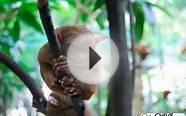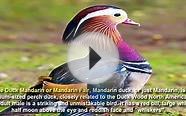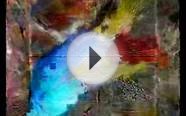Most strange animals

Toxodon platensis
When Charles Darwin visited South Usa on HMS Beagle within the 1830s, he discovered fossils of countless hefty animals that defied classification, for example Macrauchenia, which appeared as if a humpless camel having a lengthy snout or Toxodon, having a rhino’s body, hippo’s mind and rodent-like teeth — that they referred to as “perhaps among the oddest creatures ever discovered”.
Since Darwin's time, no-a person capable of working out in which the bizarre monsters easily fit in the mammalian family tree. However, by examining ancient bovine collagen protein from 12Thousand-year-old fossils, scientists say they have solved the puzzle. The researchers behind the job also feel that ancient proteins could transform study regarding lengthy-extinct species, revealing the strategies of fossils countless years over the age of could be analyzed using DNA.
A part of several greater than 250 animals referred to as South American ungulates, the animals resided around the region for approximately 60 million years before vanishing around 12Thousand years back. The confusion over their ancestry is partially because of a fragmentary fossil record, but additionally because scientists have experienced no luck separating DNA from South American ungulate fossils the molecule degrades rapidly within the continent’s warm climate.
So Ian Barnes, a molecular transformative biologist in the Natural History Museum working in london, partnered with bioarchaeologist Matthew Collins in the College of You are able to, United kingdom, as well as an worldwide group of scientists to test another tactic: removing bovine collagen. The protein survives around ten occasions as lengthy as DNA and it is a significant structural element of bone. “Compared to DNA, there’s absolutely a lot of it, ” Barnes states.
They first built a bovine collagen family tree, which organized the bovine collagen sequences of various animals based on their familial associations. The scientists needed to extract and sequence bovine collagen from tapirs, hippos and aardvarks to develop their picture. With this in hands, they sequenced bovine collagen from four ungulate individuals from two different museums in Argentina — two Toxodon individuals around 12Thousand years of age and 2 Macrauchenia that may 't be carbon-dated — and in comparison the traditional proteins against their tree.
South American ungulates were lately recommended — based on their fossils — to participate the audience Afrotheria, together with tigers and manatees. However the protein sequences, reported within this week’s Character, says the museum individuals are most carefully associated with Perissodactyla, an organization which includes horses, tapirs and rhinos.
The research is “a large step forward”, states Take advantage of Asher, a palaeobiologist in the College of Cambridge, United kingdom, who had been not area of the research team. Biologists are now able to begin to tease out the way the fossils’ physical traits developed, he states.
You might also like









